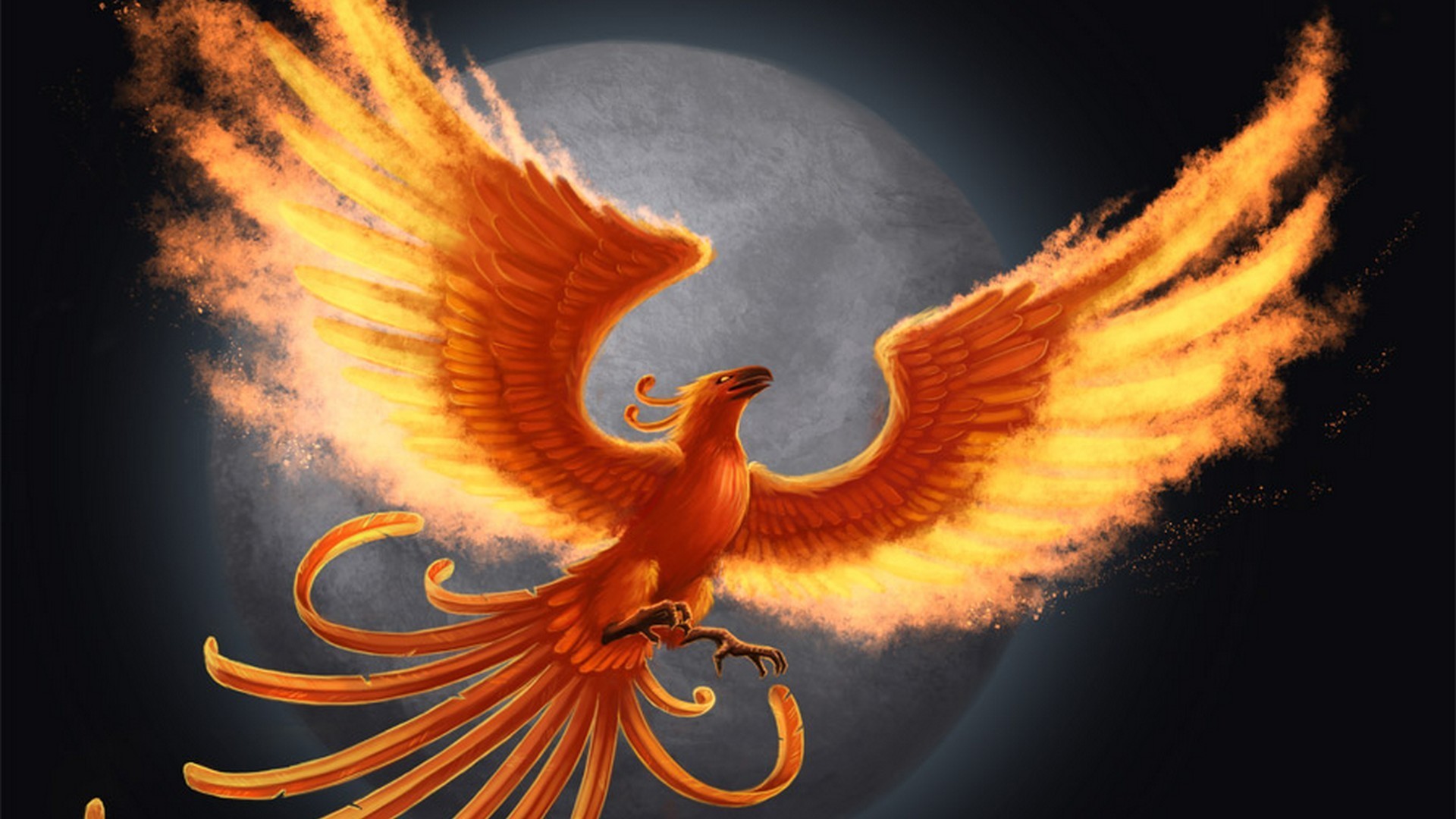


Or sepulcher - which you will- for she dies to live and yet begets herself.”" The nest, similar to Ovid’s “crib” and “tomb,” is “cradle The winds, Lactantius’s Phoenix, like Ovid’s, builds a nest of spices inĪ tall date palm. The bird, the opposite of what Pliny suggested. Palm share the same name, except that he says the tree was named for Then, à la Pliny, he points out that the bird and the date " He is said to be the first to contend that the bird named PhoeniciaĪfter itself.

According to him, contra Pliny, it is the tree, and Phoenicia itself, that was named after the bird, who weaved its nest on top of it: On Phoenix the bird there is a detailed history by Nigg, Phoenix: An Unnatural Biography of a Mythical Beast, who notes the influence of Lactantius's poem The Phoenix, and his alternative "etymology". Theophrastus may have derived the word 'Phoenix' and gave it to date palm fruits which appear purple on ripening (Bircher,1990)." This region was inhabited with a population with famous purple colour from the Murex shellfish, this colour called 'Phoenix' in their language. This resemblance to the date palm, which can also re-grow after fire damage, makes the bird and the date palm share this name, while "dactylifera" originates from the Hebrew word "dachel" which describes the fruit's shape (Popenoe, 1938)."īircher speculates that the fruit color might have been a factor: " The botanical name of the date palm, Phoenix dactylifera L., is presumably derived from a Phoenician name "phoenix", which means date palm, and "dactylifera" derived from a Greek word "daktulos" meaning a finger, illustrating the fruit's form (Linné, 1734).Īnother source refers this botanical name to the legendary Egyptian bird, "Phoenix", which lived to be 500 years old, and cast itself into a fire from which it rose with renewed growth (Pliny, 1489 Van Zyl, 1983). Or so says Pliny (the Elder), see Zaid and de Wet, Botanical and Systematic Description of the Date Palm: The Egyptian mythical bird was presumably so named by Greeks for the palm's ability to recover after fire damage. But it is unclear if Theophrastus was adopting a name already in use, or if the bird's name predates him or the tree's, or whether he was thinking of the bird when naming the tree. Most scholars suggest that it was so named as "the tree of Phoenicians", who widely used it as a sacred and national symbol. The palm tree (although he was describing its Cretan species rather than the dactylifera). "Phoenix" was the name the father of botany, Theophrastus, gave The date palm was linked in ancient Egypt to the sun-bird and them giving both the same name indicated the importance of this tree to their life (Bircher,1990)." The terms 'Bennu', 'bnr', 'bnr.t' were also applied to the date palm fruit and to everything sweet. " This bird was found on the mural paintings which decorate the tombs of the kings and the nobles, this bird was assimilated to the great 'Sun-God' 'Ra' and the sun itself. Bircher in The Date Palm A boon For Mankind speculates as to the reason: Egyptians already used the same name ('Bennu') for the bird and the date fruits. In Egypt the tree was known since at least 2600 BC. The real etymology is lost, I am afraid, but various speculations have been offered since antiquity and continue to this day. It doesn't say anything about one meaning arising from a translation error, or about a tree specimen being claimed to be a bird specimen.Įdit: I want to clarify that my question isn't just about the etymology, but about why Linnaeus said "In reality it is the date palm", implying that someone confused the two. It also suggests that they might be etymologically related either due to place of origin or color. The closest I see to an explanation is that the English Wiktionary page for φοῖνιξ that the the same word was used for both of these in Greek. Why does he claim that a mythical bird is actually a real tree? In reality it is the date palm".Īnd he cited the work of Engelbert Kaempfer. "Species of bird, of which only one individual exists in the world, and which when decrepit from pyre made of aromatic is said fabulously to become again young, to undergo happy former periods of life. Wikipedia includes this translation of what Linnaeus wrote about the Phoenix. I've been reading about the "paradoxa" section of Carl Linnaeus's Systema Naturae, where he debunk some of the more far fetched ideas about animals.


 0 kommentar(er)
0 kommentar(er)
